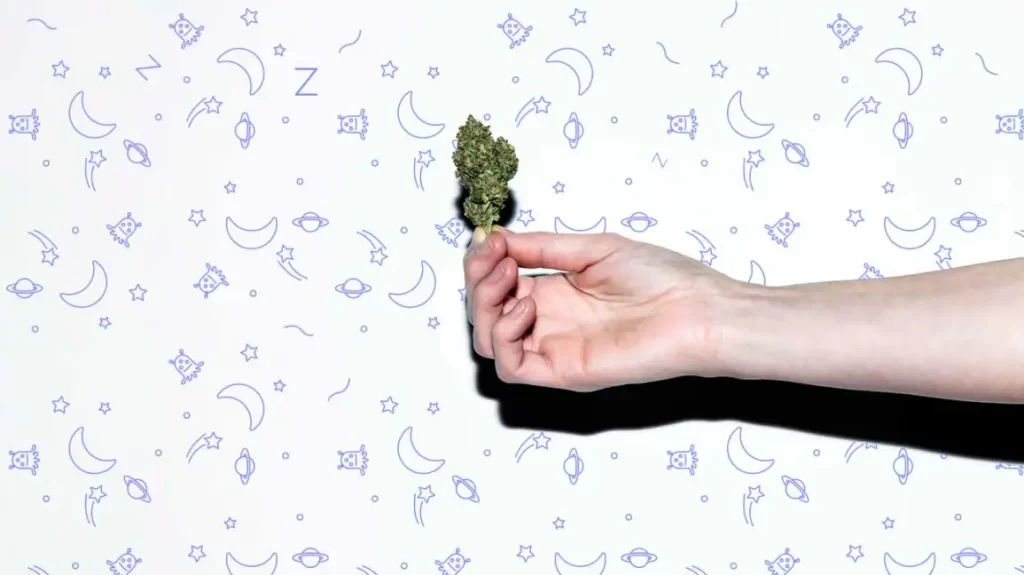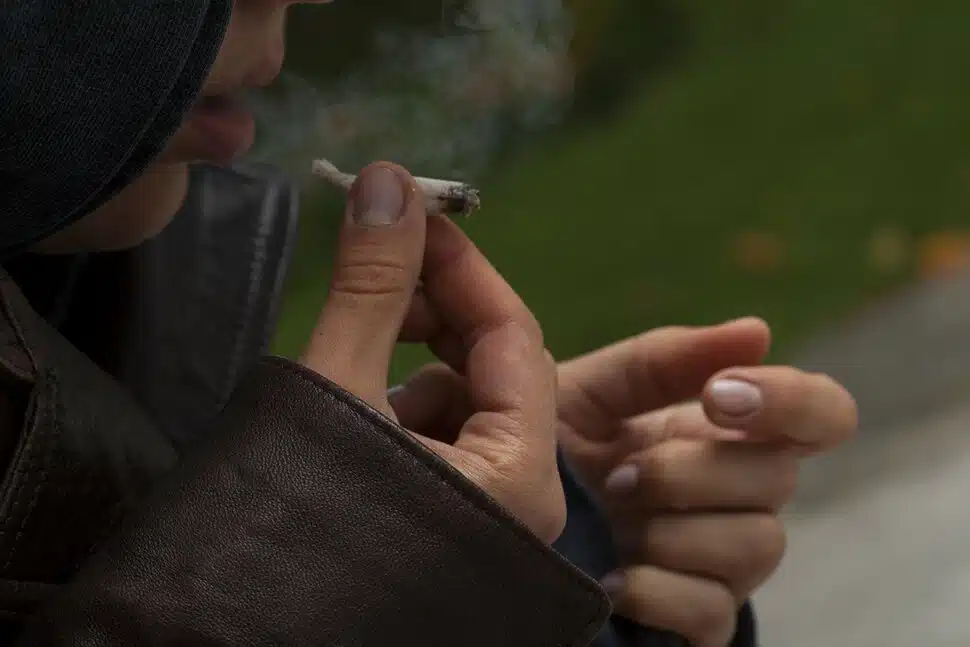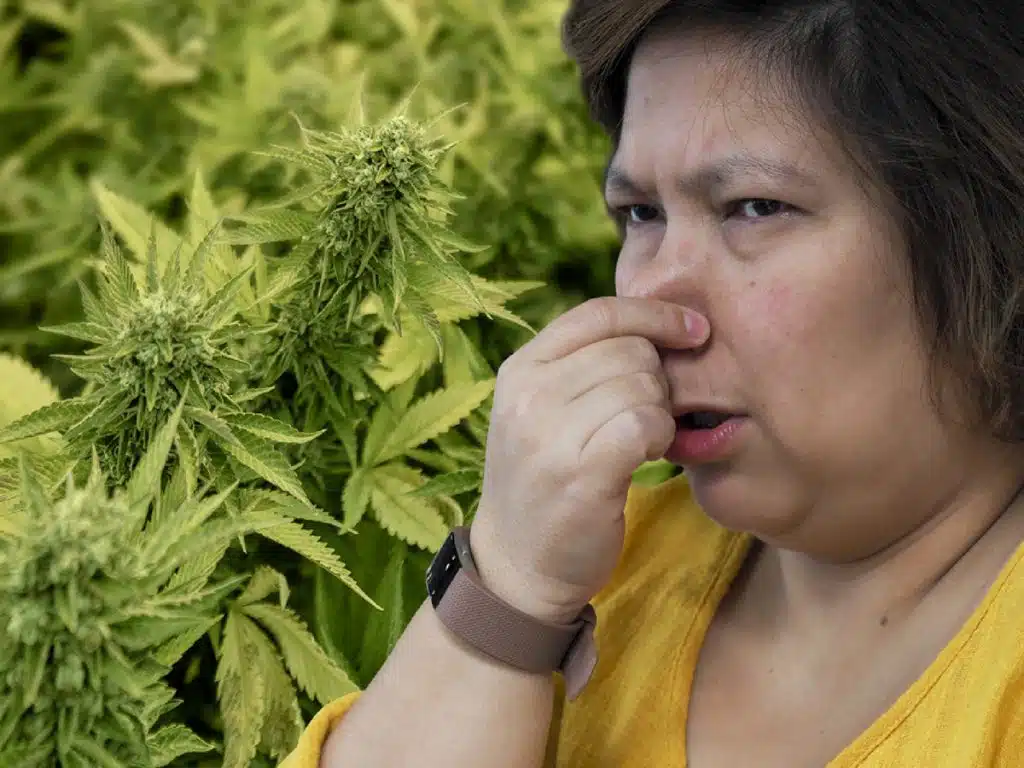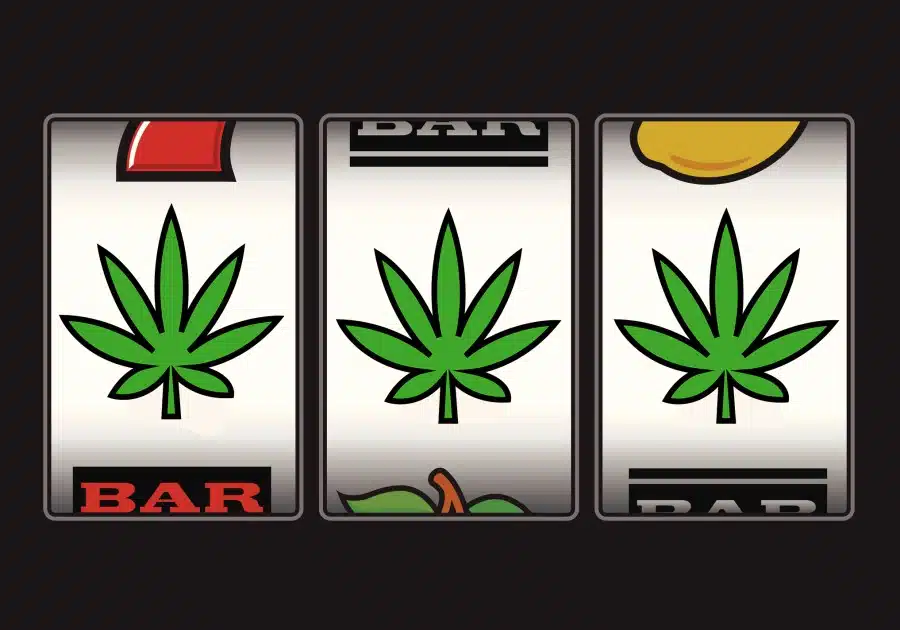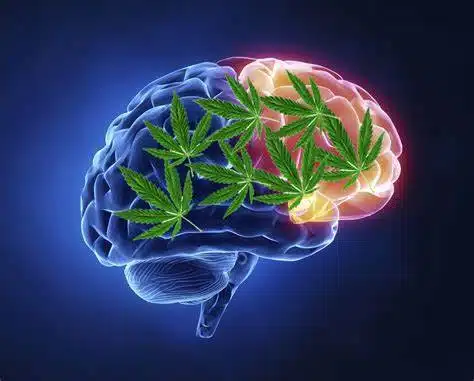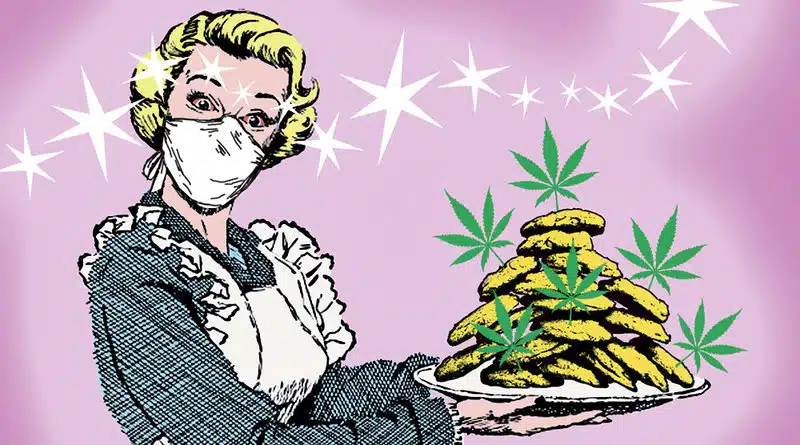How Weed Affects The Developing Brain
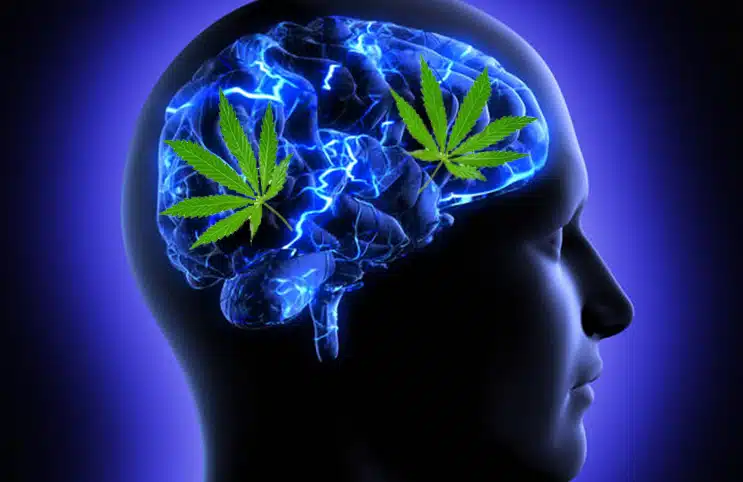
How Weed Affects The Developing Brain
Hey there, fellow cannabis enthusiasts! Today, we’re diving into a fascinating topic that has been the subject of much research and debate: how weed affects the developing brain. As more and more states and countries legalize marijuana, it’s crucial to understand the potential impact it can have on our cognitive development, especially during our formative years. So, let’s explore this intriguing subject together and shed some light on the matter.
The Developing Brain and Cannabis
During adolescence, our brains undergo significant changes and continue to develop until our early twenties. This period is crucial for cognitive functions such as memory, attention, and decision-making. Now, you might be wondering, how does cannabis come into play? Well, studies have shown that marijuana use during this developmental stage can have both short-term and long-term effects on the brain.
Short-Term Effects of Cannabis on the Developing Brain
When teenagers consume cannabis, the active compounds, such as THC (tetrahydrocannabinol), interact with the brain’s endocannabinoid system, which plays a vital role in regulating various physiological processes. These interactions can lead to temporary changes in cognitive functions. Some of the short-term effects include:
- Impaired memory and learning abilities: Cannabis use can affect the ability to retain and recall information, which can impact academic performance.
- Altered attention and concentration: Weed can make it challenging to focus and pay attention to tasks at hand.
- Reduced motor coordination: Cannabis can affect coordination and fine motor skills, making activities like driving or playing sports risky.
Long-Term Effects of Cannabis on the Developing Brain
Now, let’s talk about the potential long-term effects of marijuana use during brain development. It’s important to note that the research in this area is still evolving, and more studies are needed to fully understand the extent of these effects. However, some findings suggest the following:
- Cognitive impairments: Prolonged and heavy marijuana use during adolescence may lead to persistent cognitive impairments, including decreased IQ and lower academic achievement.
- Increased risk of mental health issues: Some studies have found a correlation between early cannabis use and an increased risk of developing mental health disorders, such as anxiety, depression, and psychosis.
- Altered brain structure and function: Research has shown that marijuana use during adolescence can affect the brain’s structure and connectivity, potentially impacting various cognitive processes.
The Importance of Responsible Cannabis Use
While we’ve discussed the potential effects of cannabis on the developing brain, it’s crucial to emphasize responsible use. If you choose to consume marijuana, whether for medicinal or recreational purposes, it’s essential to be aware of the following:
- Age restrictions: Many jurisdictions have set legal age limits for cannabis consumption to protect the developing brain. It’s important to adhere to these regulations and wait until adulthood before considering marijuana use.
- Moderation is key: Using cannabis in moderation, especially during adolescence, can help minimize potential risks. Avoid heavy and frequent use, as it may increase the likelihood of adverse effects.
- Seek professional advice: If you have concerns or questions about cannabis use and its impact on brain development, don’t hesitate to consult with a healthcare professional or a knowledgeable expert in the field.
The Changing Landscape: Why Are Younger People Smoking Weed?
In recent years, there has been a noticeable increase in the number of younger individuals experimenting with cannabis. Several factors contribute to this trend:
- Changing perceptions: With the legalization of marijuana in various regions, the stigma surrounding its use has diminished. Younger people are more likely to view cannabis as a socially acceptable and relatively safe substance.
- Peer influence: Adolescence is a time of exploration and peer influence plays a significant role in shaping behaviors. If friends or acquaintances are using cannabis, it can create a sense of curiosity and social pressure to try it.
- Medicinal potential: The growing awareness of the potential therapeutic benefits of cannabis has piqued the interest of younger individuals. They may be seeking relief from various conditions such as anxiety, depression, or chronic pain.
The Importance of Harm Reduction
While it’s essential to acknowledge the increasing prevalence of younger people smoking weed, it’s equally important to prioritize harm reduction strategies. By focusing on harm reduction, we can minimize potential risks and promote responsible cannabis use. Here are some key aspects to consider:
Education and Awareness
Comprehensive education is crucial in empowering younger individuals to make informed choices about cannabis. It’s essential to provide accurate and evidence-based information about the benefits, risks, and potential side effects of marijuana use. This education should cover topics such as dosage, methods of consumption, and the importance of moderation.
Open Dialogue and Supportive Environments
Creating open and non-judgmental spaces for discussions about cannabis is vital. Younger individuals should feel comfortable seeking guidance and support from trusted adults, healthcare professionals, or educators. By fostering open dialogue, we can address any concerns, provide guidance, and ensure that accurate information is readily available.
Safer Consumption Methods
Encouraging the use of safer consumption methods can help reduce potential harm. For example, promoting vaporizers or edibles as alternatives to smoking can minimize the risks associated with inhaling smoke. Additionally, emphasizing the importance of using tested and regulated products can help ensure quality and safety.
Setting and Respecting Boundaries
Establishing clear boundaries and guidelines around cannabis use is essential. Younger individuals should understand the legal implications, age restrictions, and the importance of responsible consumption. Encouraging open conversations about personal limits and the potential consequences of excessive use can help prevent problematic behaviors.
Benefits and Risks: Striking a Balance
To promote responsible cannabis use among younger individuals, it’s crucial to provide a balanced perspective on the benefits and risks associated with marijuana consumption. Let’s explore both sides of the coin:
Benefits of Cannabis Use
- Medicinal potential: Cannabis has shown promise in alleviating symptoms associated with various medical conditions, such as chronic pain, epilepsy, and multiple sclerosis.
- Mental health support: Some individuals find relief from symptoms of anxiety, depression, and PTSD through the use of cannabis.
- Creativity and relaxation: Cannabis can enhance creativity and provide a sense of relaxation for some individuals, making it a popular choice for artists and those seeking stress relief.
Risks of Cannabis Use
- Impaired cognitive function: Heavy and prolonged cannabis use during brain development can lead to cognitive impairments, such as decreased IQ and memory problems.
- Mental health risks: While cannabis may provide temporary relief for some mental health conditions, excessive or inappropriate use can increase the risk of developing or exacerbating mental health issues, such as anxiety and psychosis.
- Addiction potential: Although the addiction potential of cannabis is lower compared to substances like alcohol or opioids, it’s important to recognize that some individuals may develop a dependence on marijuana.
As we conclude our exploration of the rising trend of younger people smoking weed, it’s clear that harm reduction and comprehensive education are crucial in promoting responsible cannabis use. By providing accurate information, fostering open dialogue, and emphasizing safer consumption methods, we can empower younger individuals to make informed choices and minimize potential risks. Let’s create an environment that encourages responsible cannabis use, supports open conversations, and prioritizes the well-being of our younger generation.
And remember, if you’re looking for a reliable and trusted online dispensary, I highly recommend checking out Ganja West Online Dispensary. With their wide range of high-quality cannabis products, including concentrates, edibles, vapes, and tinctures, Ganja West is committed to providing a safe and enjoyable cannabis experience. Visit their website today and discover the best of the cannabis world!
Weed & Brain Development
Before we delve into the potential dangers, it’s essential to understand why weed can be particularly risky for younger children. The developing brain undergoes significant changes during childhood and adolescence, and exposure to substances like cannabis can have long-lasting effects. Here’s why:
-
Vulnerability of the developing brain: The brain continues to develop well into early adulthood, with critical periods of growth and maturation occurring during childhood and adolescence. During these stages, the brain is highly susceptible to external influences, including the effects of drugs like marijuana.
-
Impact on cognitive functions: Cannabis contains compounds, such as THC (tetrahydrocannabinol), that interact with the brain’s endocannabinoid system. These interactions can disrupt the normal development of cognitive functions, including memory, attention, and learning abilities.
-
Potential for long-term consequences: Research suggests that early and frequent exposure to cannabis during childhood and adolescence may lead to persistent cognitive impairments, such as decreased IQ and lower academic achievement. These effects can have long-term consequences on a child’s educational and social development.
Specific Dangers of Weed for Younger Children
Now that we understand the vulnerability of the developing brain, let’s explore the specific dangers that weed can pose for younger children:
1. Impaired cognitive development
The developing brain relies on complex processes to form neural connections and establish cognitive abilities. Cannabis use during this critical period can disrupt these processes, potentially leading to long-term cognitive impairments. Studies have shown that children exposed to marijuana at a young age may experience difficulties with memory, attention, problem-solving, and overall cognitive functioning.
2. Increased risk of mental health issues
Younger children who use cannabis may be at a higher risk of developing mental health issues later in life. Research suggests that early and frequent marijuana use can increase the likelihood of developing anxiety disorders, depression, and even psychosis. These mental health conditions can significantly impact a child’s overall well-being and quality of life.
3. Negative impact on academic performance
Cannabis use among younger children has been associated with lower academic achievement. The impairments in memory, attention, and cognitive functioning caused by marijuana can hinder a child’s ability to learn, retain information, and perform well in school. This can have long-lasting consequences on their educational trajectory and future opportunities.
4. Increased risk of substance abuse
Early exposure to cannabis has been linked to an increased risk of substance abuse later in life. Children who start using marijuana at a young age are more likely to develop problematic patterns of use and engage in other substance abuse behaviors. This can lead to a range of negative outcomes, including addiction, impaired social functioning, and legal issues.
5. Safety concerns and accidental ingestion
Another significant danger of weed for younger children is the risk of accidental ingestion. Cannabis-infused products, such as edibles, can be appealing to children due to their colorful packaging and resemblance to regular snacks. Accidental ingestion of marijuana can lead to severe intoxication, which may require medical intervention and can be potentially life-threatening.
Prevention and Safety Measures
To protect younger children from the potential dangers of weed, it’s crucial to implement preventive measures and
safety protocols. Here are some important steps you can take:
1. Secure storage and childproofing
Ensure that all cannabis products, including edibles, concentrates, and even paraphernalia, are stored securely and out of reach of children. Consider using childproof containers or lockable cabinets to prevent accidental access.
2. Education and open communication
Educate your children about the potential dangers of cannabis in an age-appropriate manner. Encourage open and honest communication about drugs and their effects. Teach them to recognize and avoid substances that are not meant for children.
3. Lead by example
As a parent or caregiver, it’s important to model responsible behavior. If you choose to use cannabis for medicinal or recreational purposes, do so in a responsible and discreet manner, away from children. This helps establish a clear boundary and reinforces the message that cannabis is for adults only.
4. Monitor and supervise
Keep a close eye on your children, especially during social gatherings or visits to other households. Be aware of potential exposure to cannabis and ensure that they are in a safe environment where responsible adults are present.
5. Recognize signs of use
Stay vigilant and be aware of any signs that your child may be using or experimenting with cannabis. Look out for changes in behavior, academic performance, social interactions, and physical appearance. If you suspect cannabis use, address the issue promptly and seek professional help if needed.
6. Promote healthy alternatives
Encourage your children to engage in healthy activities and hobbies that promote their overall well-being. Encourage physical exercise, creative outlets, and social interactions that do not involve the use of substances.
7. Seek professional guidance
If you have concerns about your child’s exposure to cannabis or suspect that they may be using it, seek guidance from healthcare professionals, counselors, or addiction specialists. They can provide you with the necessary support and resources to address the situation effectively.
Conclusion
As we wrap up our exploration of how weed affects the developing brain, it’s clear that cannabis use during adolescence can have both short-term and long-term effects on cognitive functions. While more research is needed to fully understand the extent of these effects, it’s crucial to approach cannabis consumption responsibly, especially during this critical stage of brain development. By staying informed, making informed choices, and promoting responsible use, we can ensure a healthier and more informed cannabis culture.
Remember, if you’re looking for a reliable and trusted online dispensary, I highly recommend checking out Ganja West Online Dispensary. They offer a wide range of high-quality cannabis products, including concentrates, edibles, vapes, tinctures, and more. With their convenient delivery and excellent customer service, Ganja West is your go-to destination for all your cannabis needs. So, why wait? Visit their website and experience the best of the cannabis world today! If you are interested in buying weed online and THC products, check out Ganja West online weed dispensary and shop for your weed online and cannabis products at ganjawest.co!
